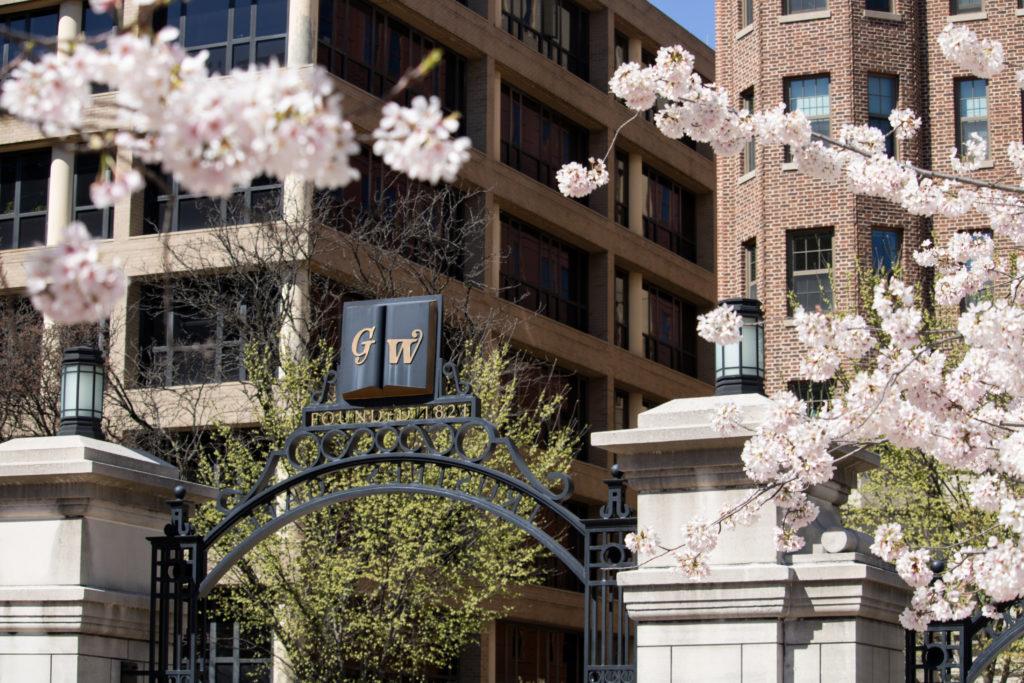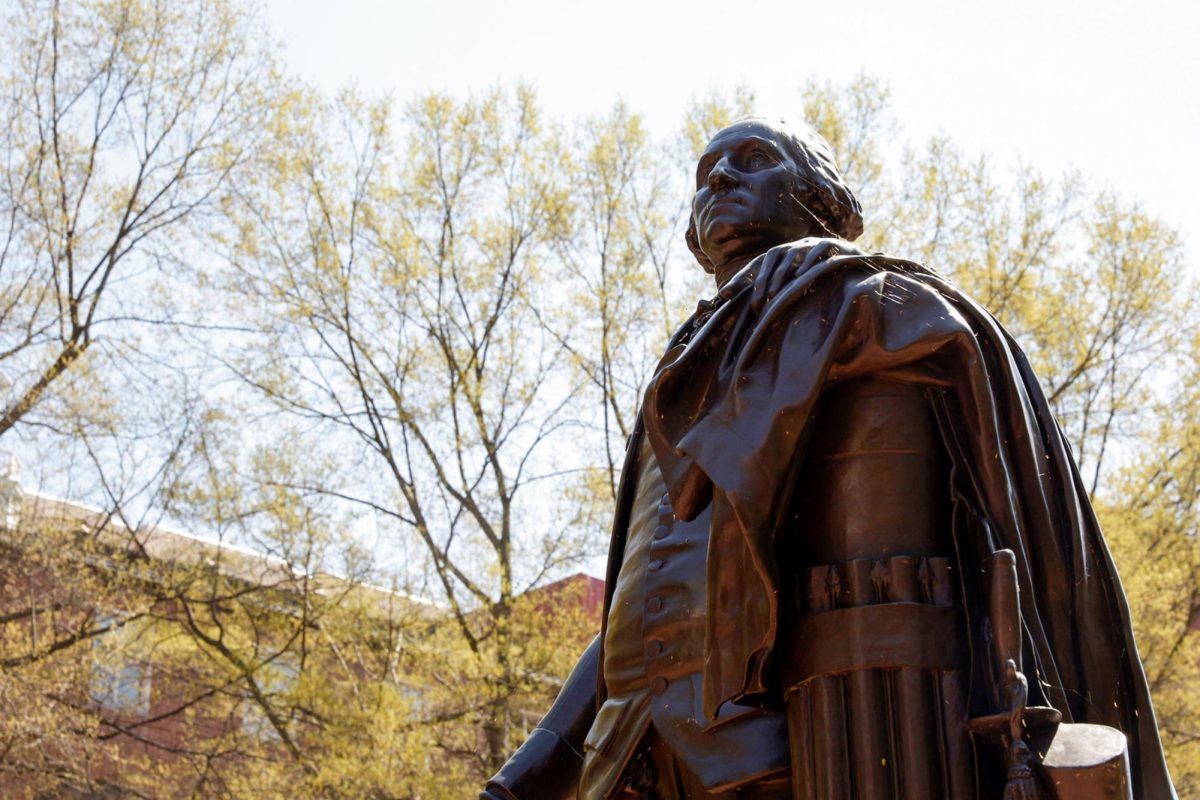More than two years after the Virginia Tech shooting, most schools are still unprepared for “an active shooter scenario” and lack the basic tools to prevent and deal with a mass-casualty event, according to a study published in the latest issue of Radiologic Technology, a scholarly journal.
The study’s author, Tammy Curtis, an assistant professor of radiologic sciences at Northwestern State University in Louisiana, found that only five schools out of 28 reviewed had policies pertaining to an active shooter situation.
Executive Vice President and Treasurer Lou Katz said GW has an extensive plan for what to do if there were to be an active shooter on campus, noting that the University benefits from multiple nearby police forces.
“If God forbid anything like that happened, we would get an enormous amount of attention instantaneously, not only from [the Metropolitan Police Department] who we have an excellent working relationship with, but by the protective service and Secret Service. They all are in this area,” Katz said. “They view this as a very secure area.”
University Police Chief Dolores Stafford echoed Katz’s sentiments, adding that UPD officers have “participated in an exercise with MPD to practice our joint response to that type of scenario.”
One of the main categories looked at in the study was how universities utilize community partners to prevent campus shootings.
Stafford said much of the planning for incidents involve developing departmental procedures that would not be available to the public.
Although GW has a plan if a gunman appeared on campus, Stafford said she is wary of the study’s results, as the author of the study used only university Web sites to collect data on their emergency procedures.
“It is important to note that the study… was completed by reviewing Web sites of institutions,” Stafford said in an e-mail. “Those results can be misleading, as some of the plans for that type of incident would not be available on a public Web site for review.”
Despite the fact that the University has a plan to prevent a mass-casualty event, Katz said that a gunman could do a lot of damage in a short period of time.
“If somebody wants to do wrong they can, but we do have a good plan in place and we try to monitor certain types of activity,” Katz said. “We think we’re doing everything we can be doing, but at the end of the day, if a person wants to do something that is like that, it can happen.”
Emily Cahn contributed to this report.







